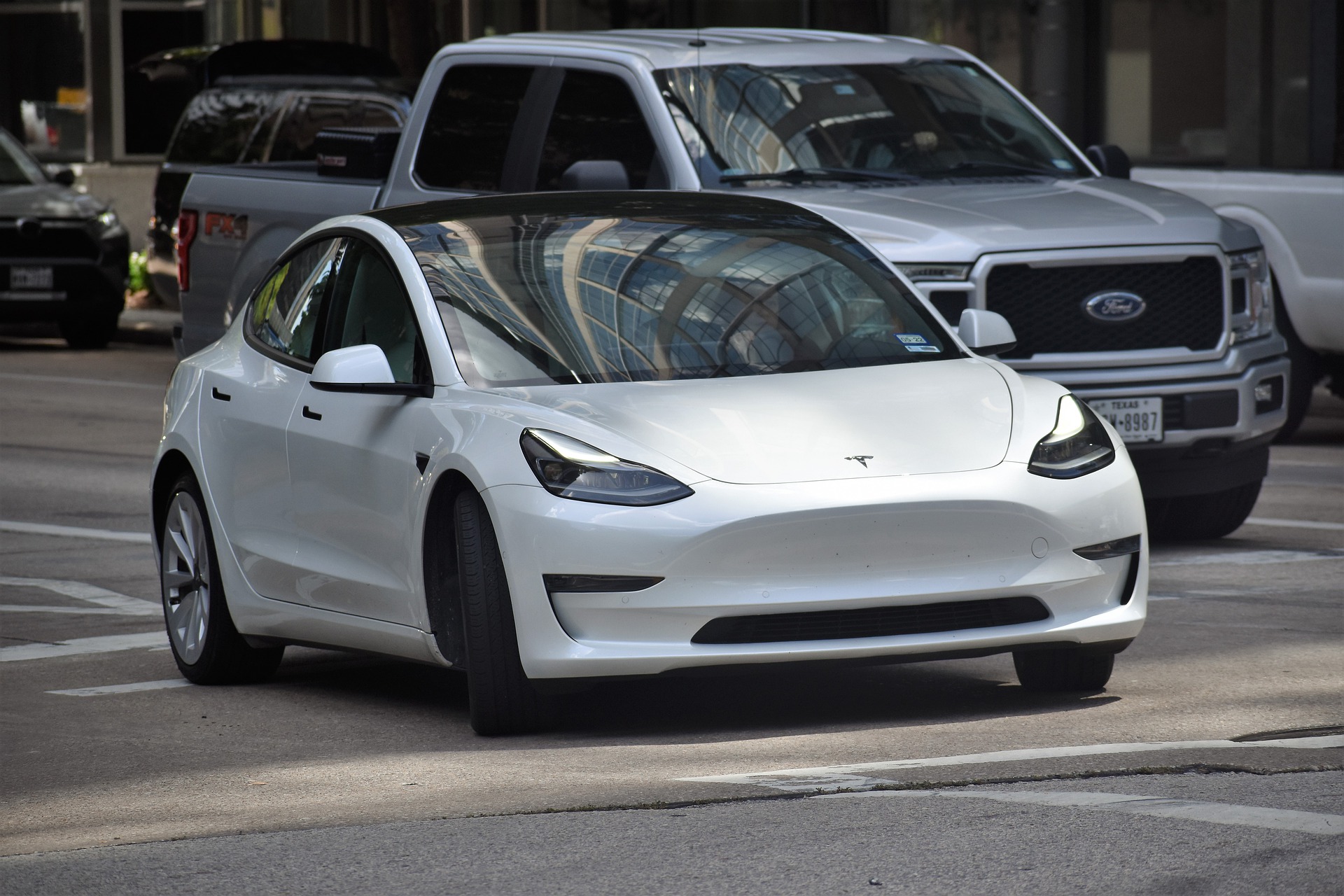Breaking New Ground: The Emergence of Hydrogen Fuel Cell Technology in Automotive Industry
Introduction: As the world seeks sustainable alternatives to traditional fossil fuels, the automotive industry is breaking new ground. Enter the era of Hydrogen Fuel Cell Vehicles (HFCVs), a technology that promises zero-emissions driving without compromising on range or refuelling time.

A Glimpse into the Past: The Genesis of Hydrogen Fuel Cell Technology
The concept of hydrogen fuel cell technology is not new. It was first introduced in the early 19th century by scientist William Grove. Over the years, the technology has been refined and adapted for various uses, including its application in the automotive sector. The first hydrogen fuel cell car, the GM Electrovan, debuted in 1966. However, the high production costs and lack of infrastructure hindered its widespread adoption.
The Hydrogen Fuel Cell Technology: How it Works
Hydrogen fuel cell vehicles use a fuel cell instead of a battery to power their electric motor. The cell combines hydrogen and oxygen to produce electricity, with the only by-product being water. This means HFCVs do not emit harmful greenhouse gases.
The Current Landscape: HFCVs in the Modern Automotive Industry
Today, several automotive manufacturers, including Toyota, Hyundai, and Honda, have launched their versions of HFCVs. Governments worldwide are also incentivizing the adoption of this technology. For instance, California has committed to having 1.5 million zero-emission vehicles on the road by 2025.
The Impact of Hydrogen Fuel Cell Technology: Pros and Cons
HFCVs offer several benefits. They have a longer range than electric vehicles and can be refueled in a matter of minutes. However, there are also challenges to overcome, such as the high cost of production and the limited hydrogen refueling stations.
Looking Ahead: The Future of Hydrogen Fuel Cell Vehicles
Despite the current obstacles, the future of HFCVs looks promising. With continued research and investment, the production costs could decrease, making HFCVs more affordable for the average consumer. This, coupled with the global push towards green energy, could see HFCVs gaining popularity in the coming years.
In conclusion, hydrogen fuel cell technology represents a significant step towards sustainable transportation. While challenges remain, the potential benefits make it a development worth watching in the automotive world. The race for sustainable mobility is on, and hydrogen fuel cell technology might just be the dark horse that takes the lead.




